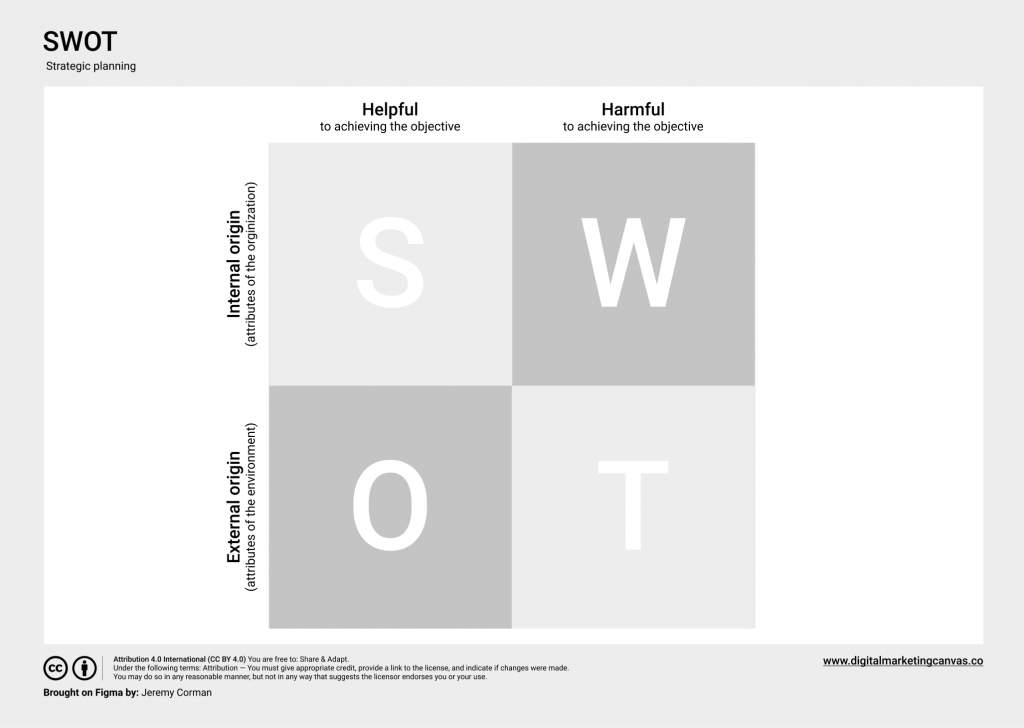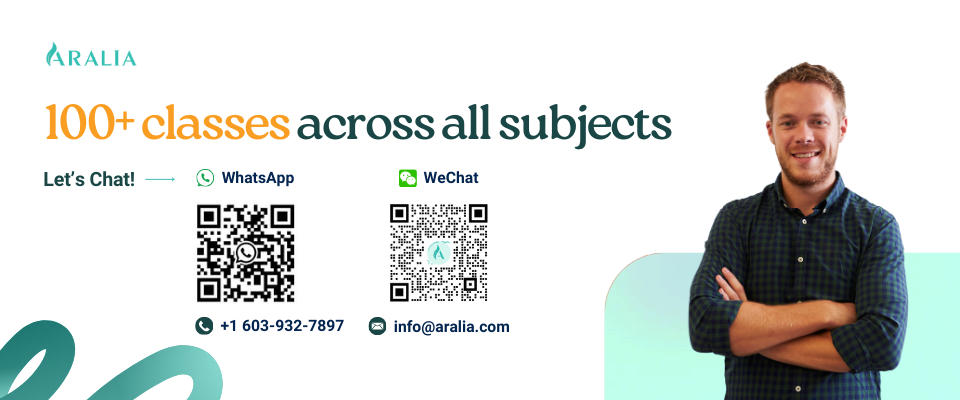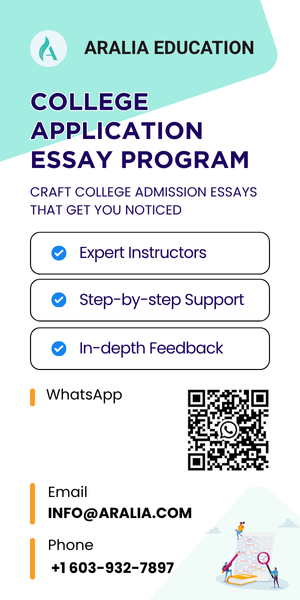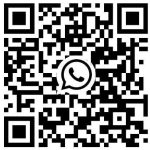We all remember the lemonade stand when we were young. It was one of the first times your hard work and effort was paid off by monetary value. After that time, you might feel more interested in starting a business in high school; however, you don’t exactly know where to start.
Keep reading, we have just the right article for you. Starting a business in high school is a perfect way to help you learn essential soft skills as an entrepreneur: time-management, task management, and leadership. Furthermore, starting a high school business can make you stand out in the college application process, particularly in the U.S., the hub of entrepreneurship.
This Guide may not guarantee success in the first business for high school students, but it will be a step-by-step guide for you to form a business idea and execute it.
Step 1: Find a problem worth solving and brainstorm solutions for your business in high school
Pursuing a young entrepreneur route, you will find that a problem is anywhere around you. From something as simple as when you operated a lemonade stand, you may realize that squeezing lemonade by hand is time-consuming. So, how about creating a lemonade squeezer?
Taking IKEA for example, the reason for IKEA’s success lies in their solution of a core problem for millennials and Gen Z: furnishing a new apartment in one day. According to Andreas von Criegern,
This problem cannot be addressed just on a functional level (offering furniture). The solution needs additional components: having all necessary furniture for the different rooms in one place, ensuring immediate availability without waiting time, the option to take the furniture home and finally let customers build them up on their own.
To find a problem, consider brainstorming with your friends, family, or teachers. You can write down different problems on sticky notes and put them on a whiteboard. While figuring out the issues, list out possible solutions of how you can solve these problems. A solution at this stage doesn’t have to be a product or service. After the problem sticky notes, put other sticky notes for solutions.
After this, you will have a general idea of what types of business you want to pursue.
Step 2: Research current solutions out there and refine your solution
At this early stage, doing market research is crucial in refining your solution.
Secondary research data or background research helps you figure out the current products in the market that solve similar problems as well as the market size of the industry you’re going in. This kind of research can be found from online articles, commercial sources (Nielsen), industry organizations, professional and trade publications (Pew Research Center), or even government resources. Google will be your friend for this stage. Your school might also have subscriptions to some of the commercial sources and publications, ask your librarian!
At this early stage, doing market research is crucial in refining your solution.
Secondary research data or background research helps you figure out the current products in the market that solve similar problems as well as the market size of the industry you’re going in. This kind of research can be found from online articles, commercial sources (Nielsen), industry organizations, professional and trade publications (Pew Research Center), or even government resources. Google will be your friend for this stage. Your school might also have subscriptions to some of the commercial sources and publications, ask your librarian!
Your background research should be separated into two categories: Brand Analysis and Competitive Analysis. Brand Analysis is where you define your category, your target market, and relevant trends to boost your brand when launching. To have a clear vision of the brand and who you should sell this product to, there are many aspects to consider. For example, imagine you’re selling a healthy food subscription service, your target audience should be:
- Demographic profile: Female, age 18 – 24, single, dealing with issues of weight gain and self-confidence and self-awareness
- Psychographics profile: concerned with health and appearance, wants a healthy lifestyle but doesn’t know where to start, tends to go on an unhealthy diet of long-fasting instead of adjusting food choices.
After that, competitive analysis is crucial in understanding your primary competitors. Perform research and create a snapshot of their brands, current business situation, and their communications plan on different social media/digital platforms. You can go to the competitors’ websites or read trade publications about their start-up story to find this information.
With the Brand Analysis and Competitive Analysis, it’s time to combine two into a comprehensive framework: SWOT Analysis. SWOT stands for Strengths, Weaknesses, Opportunities, and Threats. SWOT Analysis considers your brand and your competitor, and it’s a great piece of information to remind you of internal aspects of your product and inform you about external aspects in the market.
- Strengths: What do you do well? What unique resources can you draw on? What are your strengths?
- Weaknesses: What could you improve on? Where do you have fewer resources than others?
- Opportunities: What trends in technology, society can you take advantage of in the future?
- Threats: What trends could be problematic for you in the future?
Phew, that’s a lot of reading and researching! If you feel discouraged during this stage, remember that having a strong foundation will help in the future, especially when you approach the marketing and execution stage.
After doing background research, consider interviewing some potential customers for your products. Interviews can be informal or formal depends on your preference, but most importantly, understand your customers’ preferences and pain points can help you narrow down and refine your product ideas.
Some questions to consider:
- Would they be interested in your product?
- What current products are they using to solve their problems?
- What don’t they like about their current products?

Phew, that’s a lot of reading and researching! If you feel discouraged during this stage, remember that having a strong foundation will help in the future, especially when you approach the marketing and execution stage.
After doing background research, consider interviewing some potential customers for your products. Interviews can be informal or formal depending on your preference, but most importantly, understanding your customers’ preferences and pain points can help you narrow down and refine your product ideas.
Some questions to consider:
- Would they be interested in your product?
- What current products are they using to solve their problems?
- What don’t they like about their current products?
Step 3: Content is king
After the research stage, now is finally the fun part: crafting your brand’s story. You probably have seen this buzzword around: storytelling. Having a great story for your brand will make the audience separate you from other brands, develop empathy for you, and ultimately care about you.
Taking Aralia as an example, we are the online tutoring service that focuses on you, your improvement, and your success. Our mission is to provide a student-centered educational experience while matching the best education resources to each student. We seek to redefine online learning with a student-centered classroom, diverse course selections, and expert instruction.
Here’s a rundown of our brand story:
Status Quo: As educators in the industry for years, we discovered a gap between students’ in-class achievements and online learning. We want to narrow that gap.
Conflict: In a market where online courses are everywhere, and online tutoring platforms have an enormous advertising budget to compete against small companies, and classes with thousands of students, all of which we don’t have, why do we choose not to conform?
Resolution: Quality is the key. We’re a small but mighty online learning platform. We live out our mission statement: focus on you, your improvement, and your success. Our group class size is small, with only 3-7 students per class, our teachers go through multiple stages of interviews and are carefully vetted. By creating small classes and 1-on-1 tutoring, we can guarantee our students’ success and foster a robust mentor-mentee relationship between teachers and students. Other platforms don’t have that, and we do.
For a general idea of how to craft a brand story, HubSpot has a great article that talks in great detail about how to craft a compelling brand story, you can check out the HubSpot blog post.
Step 4: Inbound Marketing
After you have a compelling brand story, you are not ready to launch just yet. The next step is to have a strong inbound marketing plan for your product and service, in order to successfully promote your business. This can be as informal as:
- Tell your classmates and your teachers about your product
- Frequently post on social media to advertise your product
- Using TikTok and Instagram Video to slowly build your brand personalities
Below are all traffic sources from Inbound Marketing (they’re all free!) that you can read for reference. You should use all the sources noted below, choose between 2-4 sources. Having a strong and consistent presence on chosen platforms will help you gain more customers than spread yourself too thin.
Step 5: Launch
If you read until now, congratulations, you’re finally a business owner! Here is where the most exciting results will happen, and all your brainstorming and researching efforts will pay off. The preparation stage can take anywhere from 1-3 months, but the Launch is where you take everything you’ve prepared into execution.
For the launching stage, crowdfunding is the best and fastest way to receive funding for your project. There are several crowdfunding websites you can use to introduce your product to the public:
In choosing your crowdfunding website, consider how much do they charge per transaction. Some may require a minimum around to be raised, or else the contributors get their money back.
Besides crowdfunding, please make sure to have a consistent online presence through inbound marketing, and keep promoting your products to your friends, family, and relatives.
There’s a lot of uncertainty on the road ahead, but we believe that you’re off to create a successful business! Having a robust end-to-end business plan during high school is rare, and you’re already unique and special for starting a business in high school.
Whether your business will be a success or not, this is a great learning opportunity, and you can only go up from here! Crowdfunding your project may get you scholarships from elite colleges and universities, thanks to your initiative and entrepreneurial mindset.
If your business launch is successful, you will have to take care of the logistic part, such as financial planning, licenses, and permits, etc.
For students who prefer more guidance on the business plan and want to attend entrepreneurship competitions for additional mentorship and guidance, we have an article listing the top 7 most prestigious entrepreneurship competitions in America.
For students interested in signing up for Diamond Challenge, we have just the right business course for you! Aralia’s Business tutors are inspired teachers and professors who are committed to student success. They are recognized in their field or are currently teaching at top high schools and colleges/universities in the US. The registration deadline for the competition is January 9, 2023.
Diamond Challenge Business Competition 101 is a class that helps aspiring entrepreneurs will create, promote and market a company to win over the judges in the Diamond Challenge Business Competition. In this intensive format, students will experience an active learning course where they will conduct the business ideation process, create a business plan, conduct environmental research, establish organizational mission, vision, and value statements, create marketing and promotion strategies, write the business proposal and create a pitch-deck required by the Diamond Challenge Business Competition.











